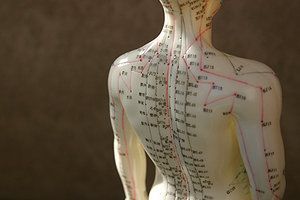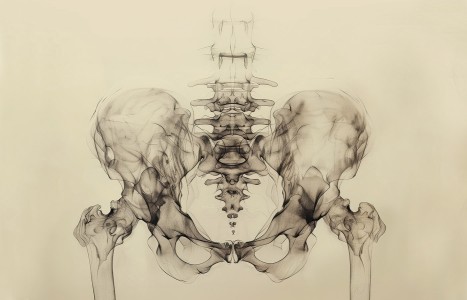People today want convenience, whether it be from their bank, credit card, favorite retail store, or restaurant. They demand it from the companies who hold their loyalty, including their health care providers (you). They don’t want to call and possibly be put on hold, and they want to use an app or schedule an appointment on your website. Here are three reasons your practice can gain by switching to online appointment scheduling.
Reflections: The Art of Teaching Asian Medicine
Editor's Note: Calling all Educators! Have you ever thought about contributing an article on some innovative breakthrough or discovery? Or the way in which your own teaching has evolved over the years? Now is the time to put something together and send it in. If you have an idea, send an email to editorial@mpamedia.com with Educator's Column in the subject line and share your ideas. You could have your article published in a future issue of Acupuncture Today.
Over the past three decades, my global workshops have been translated into German, Swiss German, French, Romansch, Spanish, Lithuanian and Xhosa. Time to offer you new teachers a few tips! If you are passionate about teaching - observe the best – not just in your field of Asian medicine. Be inspired by choreographers, martial artists, theater directors or any teacher who inspires and keeps qi at a pitch.
Mull over the experiences you had as a student. Which teachers prodded you to think outside of the box and tuned into exactly what you needed at precise moments in your training? What helped you evolve as a skilled practitioner and diagnostician? Which teacher left you cold and why? Who brought theory alive with creative props and role playing? Which teachers made needles and acupoints quiver with qi?
Maximize The Demo
The most important thing is sight lines. Make sure students can see what you are demonstrating! Sounds obvious, I know, but how often have you experienced a teacher (undergradaute classes or CEU) who teaches with his/her back to the class or without any consideration for students stretching and craning their necks to see? I've observed some of our so called "Masters" teach large classes, where students dangle off rafters or hoist themselves on chairs and tables to get a decent view. There are a few solutions to this common problem.

First, use large mirrors so students can observe from all angles. Advise students to walk around a demo involving a number of techniques so they get a full perspective and don't get lulled. I picked up this tip after observing the steady stream of visitors moving around Michaelangelo's David in the Accademia gallery in Florence some years ago.
Next, be aware of dyslexic students who work "upside-down-inside-out" after watching your demo. Make sure they stand alongside you and not at the head of the table when you teach a close-up on a subtle acupoint in a moment of stillness. Take the building block approach. Break the demo into segments. Let students pair up and practice each segment before stringing the segments together.
Meridians And Acupoints
Who can learn a meridian just from looking at a chart? It's great to teach meridians through stretch positions during the warm-up exercises. Students can then experience the movement of qi through appropriate meridian related qigung exercises before you demo location and key acupooints on a model on a table (or futon on the floor).
When students pair up to locate the meridians on one another, it's helpful for them to apply electrical tape along the length of the meridian (this is especially useful for blind students). The tape can be applied over clothes and doesn't peel off with movement. To emphasize the visual difference, students pen dotted lines along the yin meridians. Colorful stickers can be pressed on key acupoints. The exercise is fun. It's also a condensed 3-D way of acquiring meridian and acupoint location/sensation in relevant five element colors.
For assignments, my students always found it useful to augment this hands-on experience by creating storyboards where they draw meridians and key acupoints on photographs or sketches of any activity they knew well. The array of storyboards can be dazzling. In one of my past classes, topics ranged from tango and classical dancers, to solo activities like swimming, gardening, horseback riding, gymnastics and even rock climbing. Not only were the students able to apply the unfamiliar to the familiar, but it gave them a sense of how meridians could be distorted or over extended by certain activities. This was a great help as they examined the stress or injury patterns of colleagues who would then come to student clinic.
Preparing For Student Clinic
During clinic theater, ask all those who know a second language to role play a perspective patient who knows no English but has to demo pain and problem areas through body language. The exercise helps others develop observational skills through various cues. Less verbal "actors" help develop the students ability to "mime" certain problems to prompt a response. The exercise is invluable and can be hysterically funny.
Jump out of the school or dojo's comfort zone to expose students to a variety of clients they might not otherwise meet. It enhances the school's profile in community service. Those who completed my Zen Shiatsu training, did clinic time in a retirement center, at the Texas School for the Blind, at a haven for battered women and kids, at ARC residential addiction rehab center and chair work in the cafeteria of St David's North Austin Medical Center. Sessions were all pro bono, of course. Very easy to organize and much appreciated.



